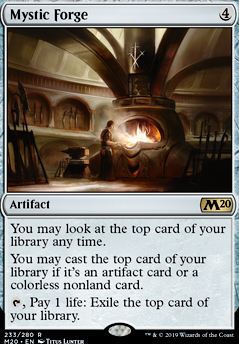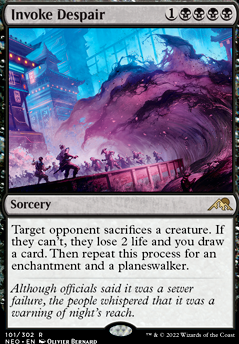

- TAPPEDOUT MTG CARD IMAGES FULL
- TAPPEDOUT MTG CARD IMAGES DOWNLOAD
This is a Python script that runs a browser with Selenium automation.
TAPPEDOUT MTG CARD IMAGES DOWNLOAD
Next you need to download the desktop client to actual send the order to MPC. Once you’ve made your selections you download an XML file for your order. It has a database of different art you can choose from for each card. You start with which has a web frontend to import and edit deck lists from the standards used by other MtG clients and deck tracking sites. To streamline this whole process, a generous group of people have made a set of tools to automate these steps.

You’d need to find 100’s of high quality images, do the proper formatting, and spend hours manually dragging them into the MPC order. Finish the order and select things like card stock, packaging, etc.įor a big order this would be extremely time consuming.Create a MPC order and upload all the card images.
 Make sure to size the images so that the boarders are big enough to ensure none of the card content is cut off. Choose images for all the card front and backs. There are some guides online like, and the basic process is: Using MPC isn’t entirely straight forward.
Make sure to size the images so that the boarders are big enough to ensure none of the card content is cut off. Choose images for all the card front and backs. There are some guides online like, and the basic process is: Using MPC isn’t entirely straight forward. TAPPEDOUT MTG CARD IMAGES FULL
I even considered printing full art basic land, but you can normal lands on Amazon for under $0.05/card if you’re getting them in bulk and I didn’t need the extra bling. In the end I spent $130 to have 640 cards printed and shipped, or about $0.20 a card. You also get price breaks if you order multiple copies of the same deck, but that was less relevant for me. Because of this, there are fixed sizes of decks you can order with the more cards the cheaper. They print out a sheet of cards on a selected paper stock, then cut them out (you can actually order the uncut sheets as well). MPC lets you make pretty much any kind of card, from small customizations to a standard poker deck, to completely custom cards of various sizes. Eventually, I realized that pretty much the universal source was the website (MPC). They had lots of people showing large sets of good looking cards. This subreddit is subtly different in that they don’t want to make cards that could pass as official. While I was searching I eventually found.
This required building knowledge and participating in a pretty shady marketplace. 
I actually would prefer cards with non-standard appearance.
I Had no desire for the cards to appear official. It appears you can get full sets, and extremely valuable rare cards at a fraction of the retail price but: This is very blatantly illegal, so there’s a lot of opaqueness around the sellers since they constantly need to make new listings as old ones are shut down. There are a bunch of sellers on Ali Express, as well as direct contacts. This subreddit mostly discusses the process of buying counterfeit cards from Chinese manufacturers. When looking to buy large sets of proxies, I first stumbled on. Instead of the links mentioned in this article, the site is now hosted at and the most active github repo is. I discuss a better pipeline for making cards with custom art there:Īlso, it’s worth noting that MPC Autofill appears to have gone down and replaced by a fork. I made a follow up article more focussed on making a deck with entirely custom art. I was looking either to make a cube or a set of commander decks. So I set out in my search to get an affordable set of cards. Recently, Wizards of the Coast (the makers of Magic) started selling small sets of cards with custom art as well. I had heard of making “alters” of cards or proxies. This would be difficult to collect without a lot of trading or shopping.Īside from just playing the game, I was also interested in getting cards with custom art. To get a lot of the fun interactions you either need multiples of cards, or a large set of synergistic cards. I have a decent sized collection, but even with cards collected over two decades, I would need to buy new cards to have anything but the most casual deck. I eventually quit because of the predatory pricing model. I enjoyed the digital version of the game, Magic Arena, for awhile when it came out. After moving to SF I would occasionally play with some friends who had a game group or do drafts. I started again a bit in college, where I learned enough to play properly with other peoples decks. As a kid I just liked the big monsters and didn’t really understand the rules. I’ve been playing Magic in some capacity since I was 10 years old. After playing a game of Magic the Gathering with a friends kids, I decided to see if there was a way to get back in the game without taking out a second mortgage.








 0 kommentar(er)
0 kommentar(er)
